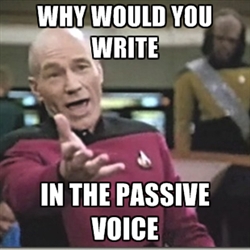First of all I apologize for the recent hiatus, but I am back in full force. I want to discuss the process of editing. I know every editor has a personalized version of this, but generally speaking there is an accepted order of operations. Just as Mathematics always adheres to the acronym BEDMAS, editing adheres to a set of skills/processes.
R1–readthrough #1: This is the quick readthrough that catches the most obvious mistakes, gives the editor an idea of authorial voice and style, as well as context. Essentially this is proof-reading and should only take the amount of time necessary to read the text.
R2–readthrough #2: This readthrough requires concentration, copious amounts of caffeine, a red pen, and post-it notes. This go around is specifically for finding errors, marking/correcting them, and jotting notes as to contextual/stylist/syntactical problems. Depending on the text it can take anywhere from a couple of hours to a couple of days. Depending on the agreement between the writer and the editor, the text is either sent back to the writer for corrections, or the editor makes the necessary corrections then sends the corrected text back for the writer to review.
As I mentioned earlier, every editor has a personal style; some editors do one intense readthrough, foregoing the proofreading stage alltogether, whereas others take a third look to make sure they didn’t miss anything. Regardless of whom you hire, ask about the process, and ask for some samples and references so that you know that you are hiring the right person.

